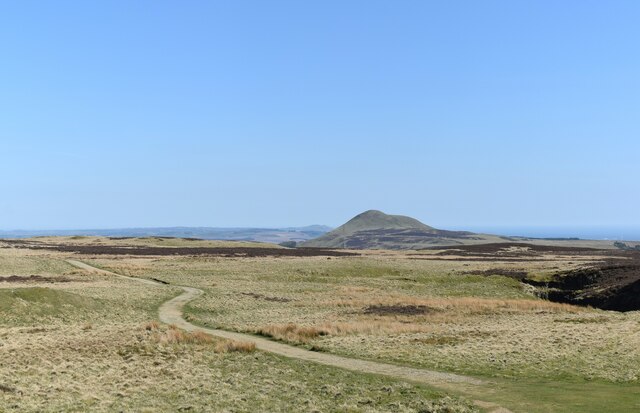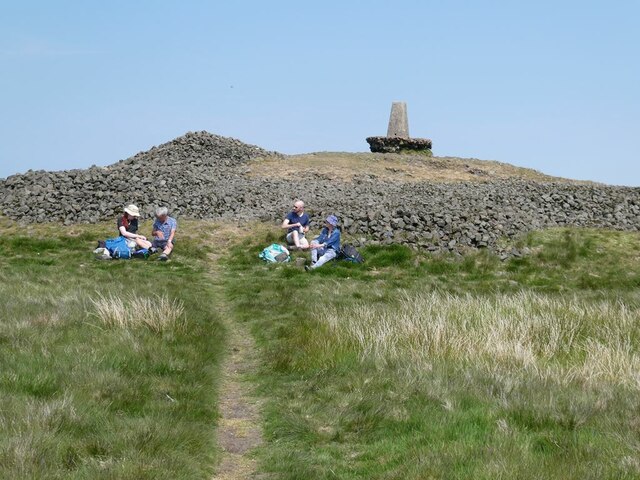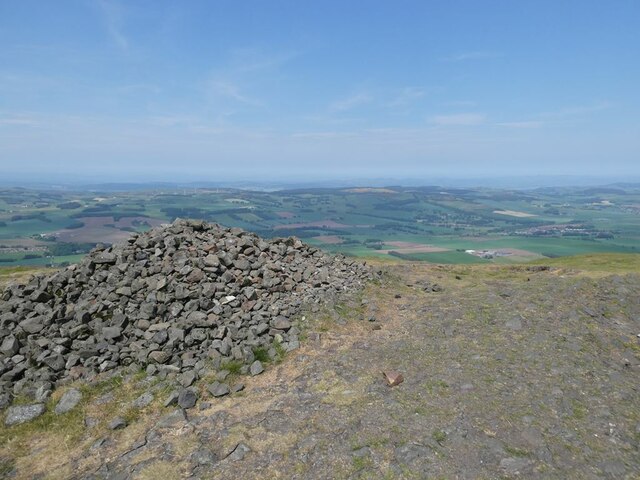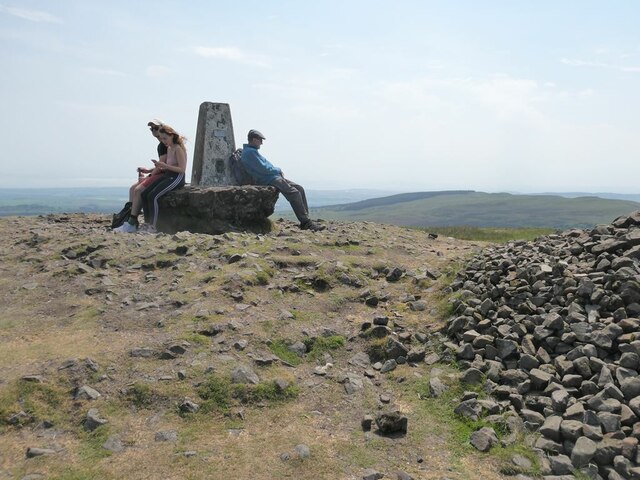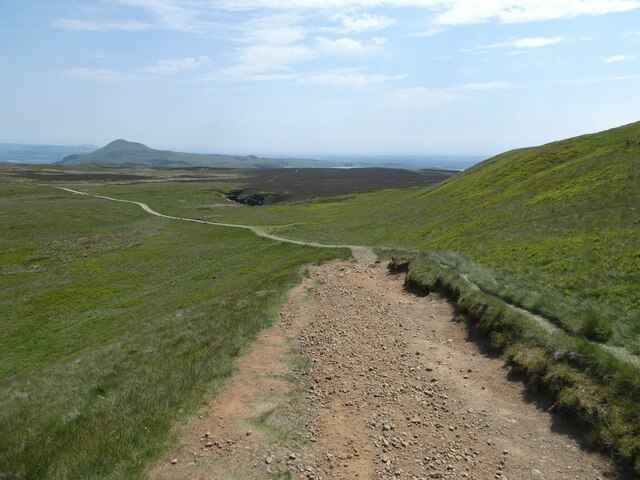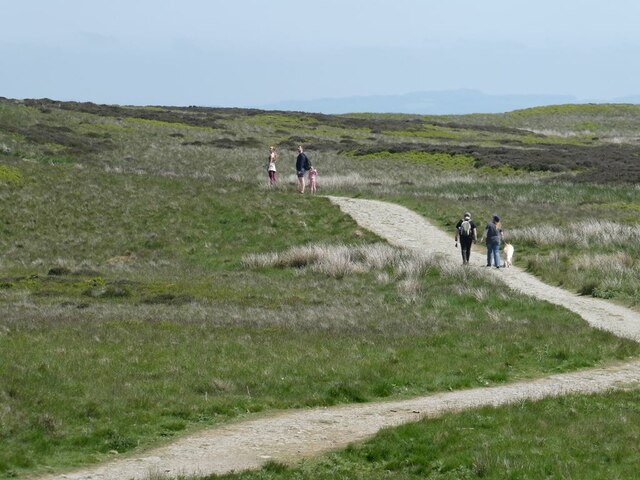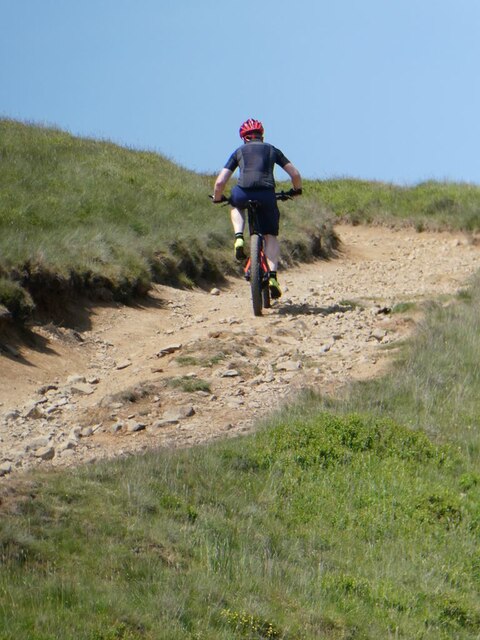Balharvie Moss
Downs, Moorland in Fife
Scotland
Balharvie Moss
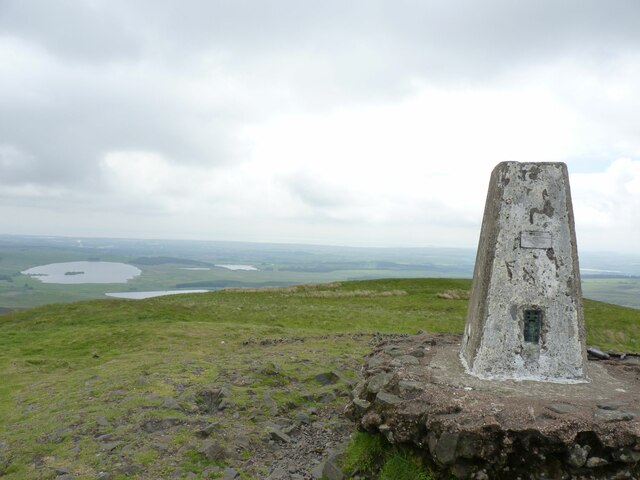
Balharvie Moss is a vast expanse of moorland located in Fife, Scotland. Covering an area of approximately 100 hectares, it is situated south of the town of Auchtermuchty and lies within the Falkland Estate. The moss is characterized by its undulating terrain, consisting of heather-covered hills, peat bogs, and small patches of woodland.
As a designated Site of Special Scientific Interest (SSSI), Balharvie Moss is renowned for its rich biodiversity. The moss supports a variety of plant species, including sphagnum moss, cotton grass, and heather, which thrive in the acidic peat soil. The area is also home to numerous species of birds, such as golden plovers, curlews, and lapwings, which nest and forage in the open moorland habitat.
Balharvie Moss plays an important role in water regulation and conservation. It acts as a natural sponge, absorbing rainfall and slowly releasing it into nearby streams and rivers. The moss also acts as a carbon sink, helping to mitigate climate change by storing carbon dioxide in its peat layers.
Visitors to Balharvie Moss can enjoy its tranquil and unspoiled surroundings, with several walking trails available for exploration. The moss offers breathtaking panoramic views of the surrounding countryside, making it a popular destination for nature enthusiasts, photographers, and birdwatchers.
Efforts are being made to restore and enhance the ecological value of Balharvie Moss, including measures to control invasive species and promote peatland restoration. These initiatives aim to safeguard the unique biodiversity and ecological functions of this remarkable moorland habitat for future generations.
If you have any feedback on the listing, please let us know in the comments section below.
Balharvie Moss Images
Images are sourced within 2km of 56.244121/-3.2656203 or Grid Reference NO2106. Thanks to Geograph Open Source API. All images are credited.
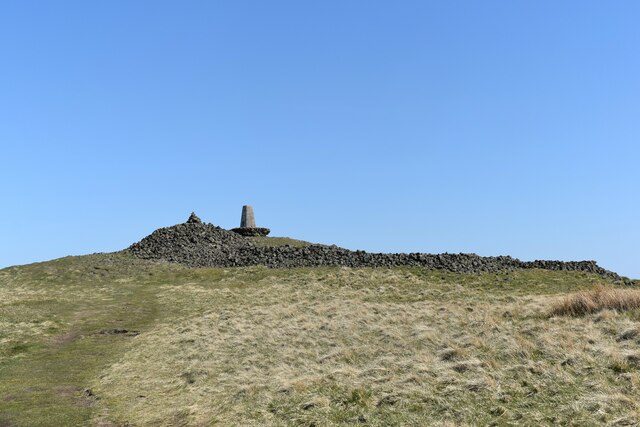
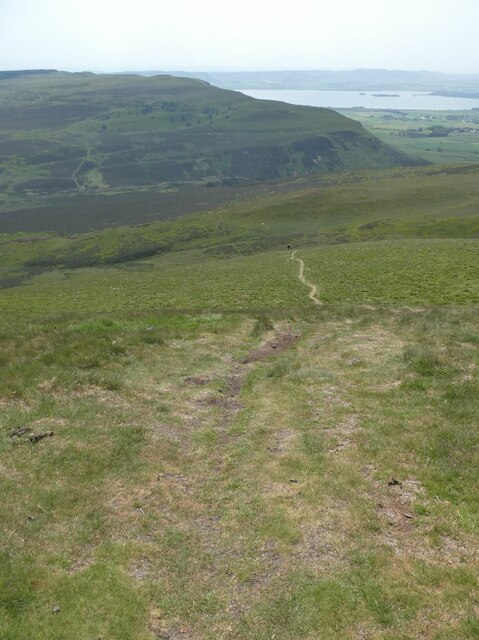
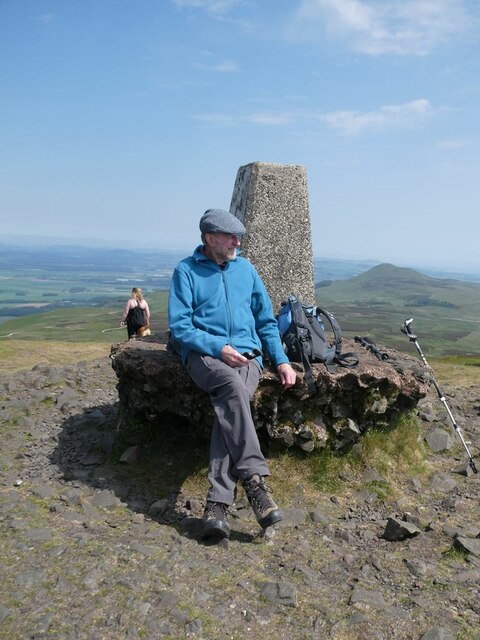
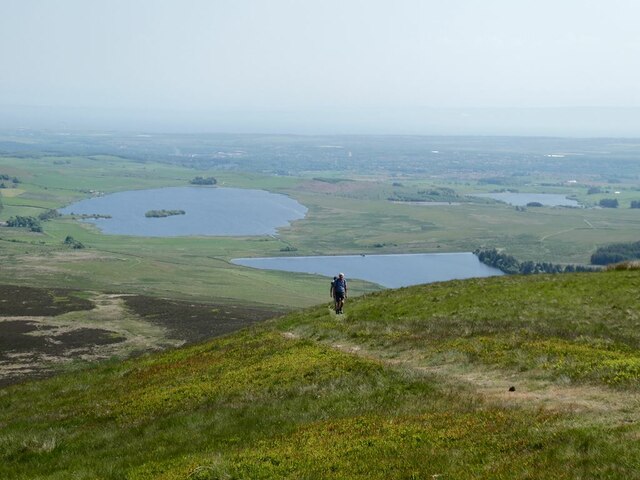





Balharvie Moss is located at Grid Ref: NO2106 (Lat: 56.244121, Lng: -3.2656203)
Unitary Authority: Fife
Police Authority: Fife
What 3 Words
///hospitals.rents.following. Near Falkland, Fife
Nearby Locations
Related Wikis
Lomond Hills
The Lomond Hills (meaning either beacon hills or bare hills), also known outside the locality as the Paps of Fife, are a range of hills in central Scotland...
West Lomond
West Lomond is the highest point in the county of Fife, Scotland and the highest peak in the Lomond Hills. Its cone-shaped summit, which is the remains...
Bunnet Stane
The Bunnet Stane (or bonnet stone) is a rock formation near the hamlet of Gateside in Fife, at the foot of West Lomond. It sits upon one of the calciferous...
Strathmiglo
Strathmiglo (Scottish Gaelic: Srath Mioglach) (Ordnance Survey grid reference NO214101) is a village and parish in Fife, Scotland on the River Eden. It...
Have you been to Balharvie Moss?
Leave your review of Balharvie Moss below (or comments, questions and feedback).
